An Annotated Checklist of the Bees (Hymenoptera: Apoidea) of Vermont with Conservation Status and Natural History Notes
Spencer P. Hardy1,*, Michael Veit2, Joan Milam3, John S. Ascher4, Nathaniel Sharp1, Michael T. Hallworth1, Mark Ferguson5, Leif Richardson6, Charlie Nicholson7,8, Taylor H. Ricketts8,9, Jason Gibbs10, and Kent P. McFarland1,*
1Vermont Center for Ecostudies,Vermont Atlas of Life, Norwich, VT 05055.2Pepperell, MA 01463. 3University of Massachusetts, Amherst, MA 01003. 4Department of Biological Sciences, National University of Singapore, Singapore 117543. 5Vermont Fish and Wildlife Department, Montpelier, VT 05601.6Xerces Society for Invertebrate Conservation, Portland, OR, 97232.7Department of Biology, Marine Biology, and Environmental Science, Roger Williams University, Bristol, RI 02809. 8Rubenstein School for Environment and Natural Resources, University of Vermont, Burlington, VT 05405. 9Gund Institute for Environment, University of Vermont, Burlington, VT 05405. 10Department of Entomology, University of Manitoba, Winnipeg, MB R3T 2N2, Canada. *Corresponding author.
Northeastern Naturalist, Volume 32, Monograph 27 (2025): 1–73
First published early online: 20 October 2025
Abstract
This is the first comprehensive checklist and conservation assessment of the bee (Hymenoptera: Apoidea) fauna of the State of Vermont. This checklist of 351 species (plus 1 morphospecies) is based on 79,206 open-access data records available from the Global Biodiversity Information Facility (GBIF), nearly all (98%) of which were identified by an author or trusted collaborator, including 100% of the 24,270 research-grade observations from the community science platform iNaturalist. Through fieldwork and digitization of museum collections, we documented 9 species previously unreported from New England and as many as 24 novel host–parasite relationships. Overall, Vermont shares much of the bee fauna of neighboring states, with a notable contingent of northern and western species not regularly found elsewhere in New England or New York. Conservation rankings indicate that as many as 60% of the bee species in the state are vulnerable (S3 or lower). Detailed species accounts are provided as supplementary material, which cover the phenology, state-wide distribution, conservation status, and floral preferences of Vermont’s bee fauna.
![]() Download Full-text pdf (Accessible only to subscribers. To subscribe click here.)
Download Full-text pdf (Accessible only to subscribers. To subscribe click here.)
Access Journal Content
Open access browsing of table of contents and abstract pages. Full text pdfs available for download for subscribers.
Issue-in-Progress: Vol. 32(4) ... early view
Check out NENA's latest monograph and Special Issue:
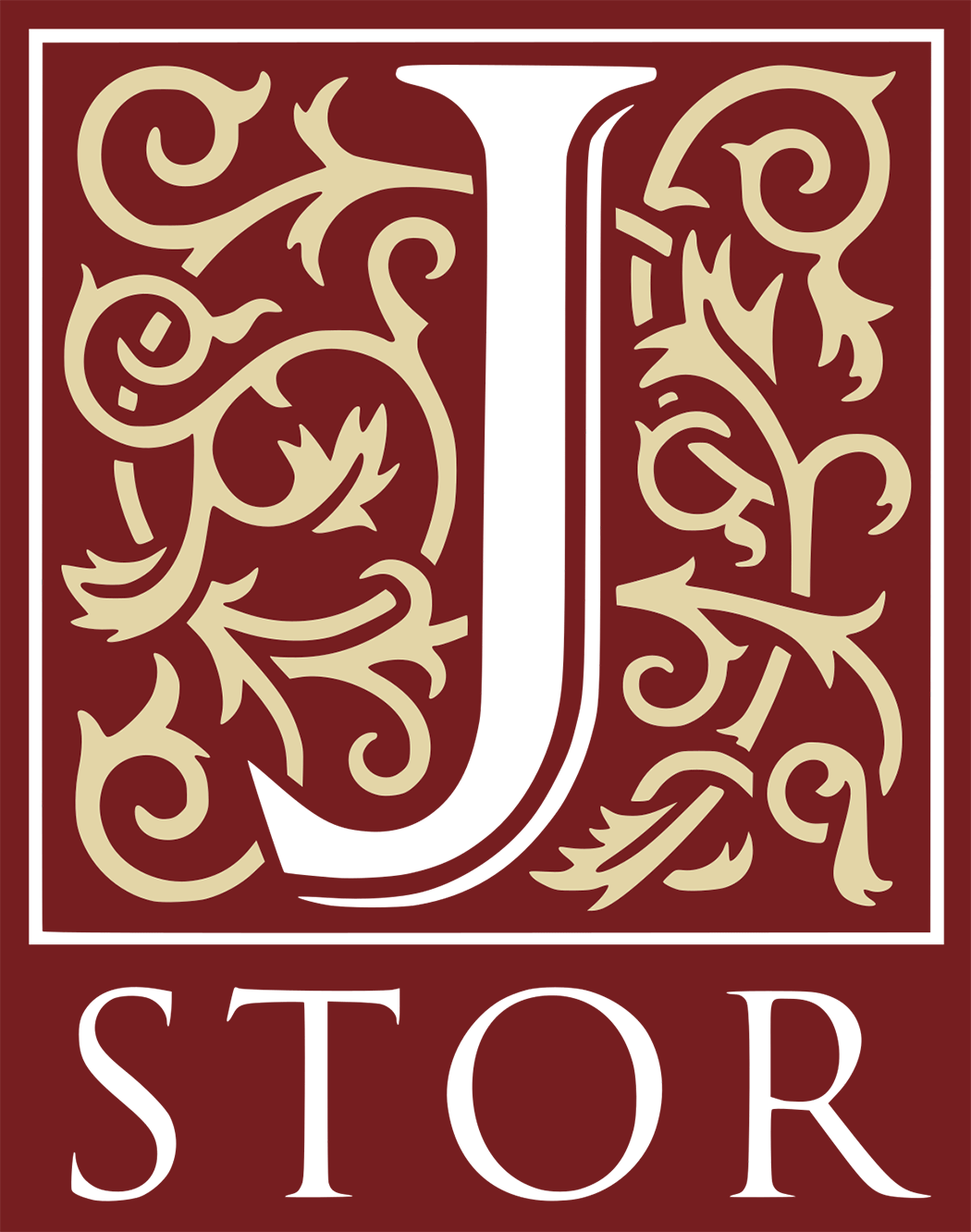
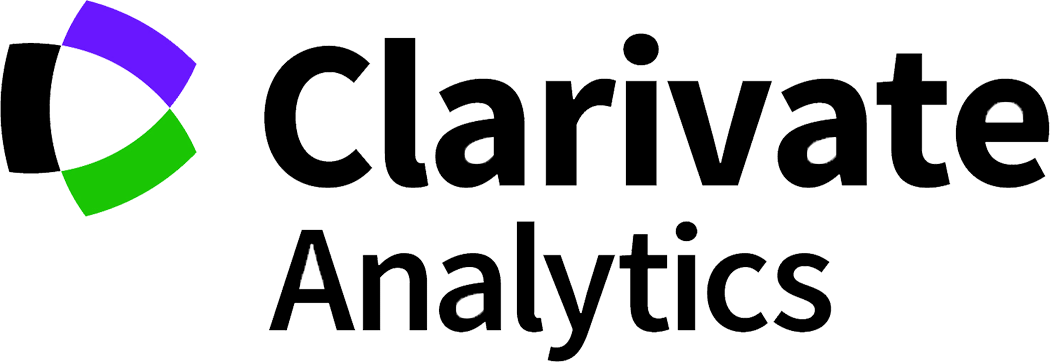
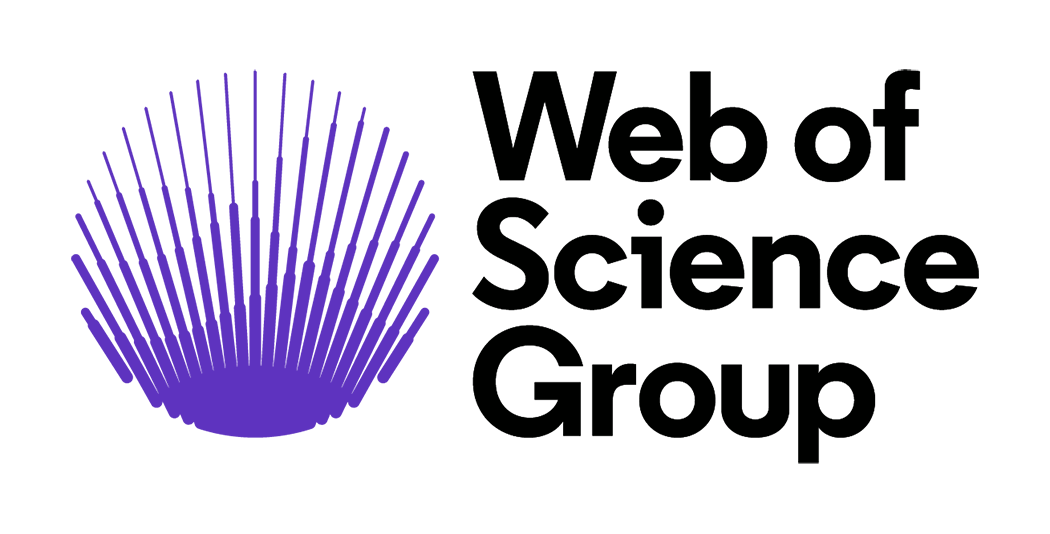





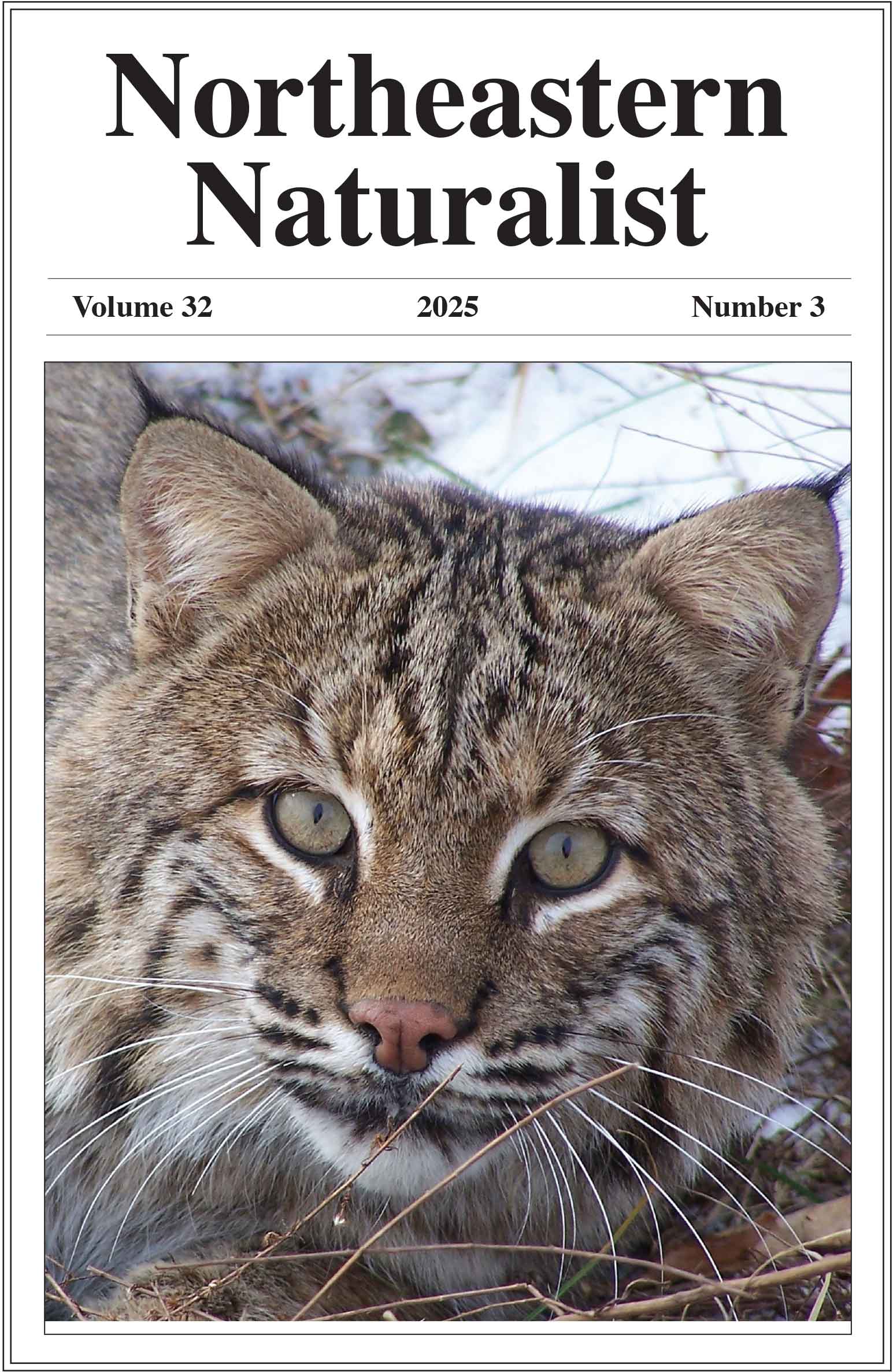
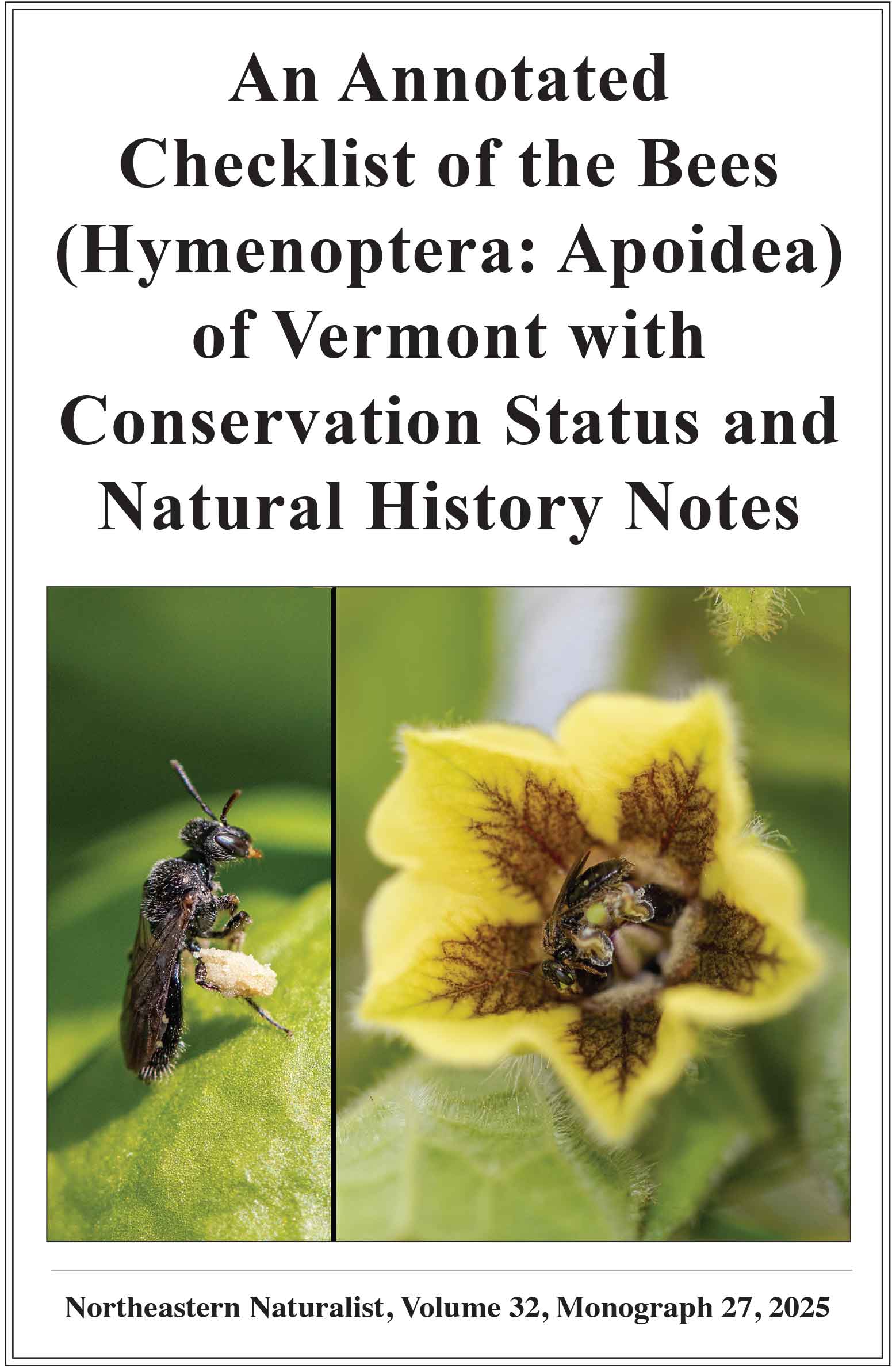



 The Northeastern Naturalist is a peer-reviewed journal that covers all aspects of natural history within northeastern North America. We welcome research articles, summary review papers, and observational notes.
The Northeastern Naturalist is a peer-reviewed journal that covers all aspects of natural history within northeastern North America. We welcome research articles, summary review papers, and observational notes.